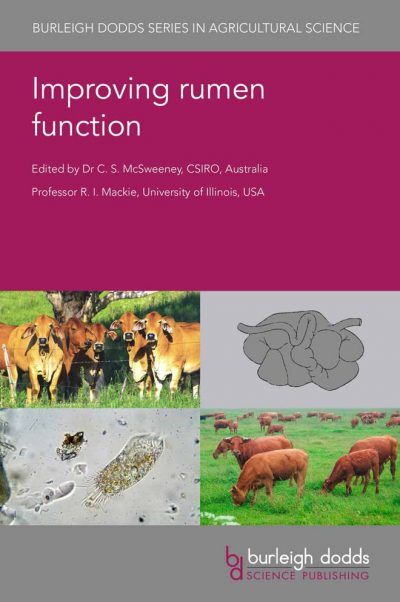Methods in Gut Microbial Ecology for Ruminants

By Harinder P.S. Makkar , Christopher S. McSweeney
Methods in Gut Microbial Ecology for Ruminants PDF. As a result of various human activities, such as an increase in human population, a decrease in arable land due to soil degradation, urbanization, industrialization, and associated increase in the demand for livestock products, dramatic changes are occurring in the global ruminant livestock sector. These changes include the size of regional livestock populations and the types of management and feeding systems under which ruminant livestock are held, and increased demand for a wider range of quality attributes from animal agriculture, not just of the products themselves but also of the methods used in their production. The livestock sector will need to respond to new challenges of increasing livestock productivity while protecting the environment and human health and conserving biodiversity and natural resources. The micro-organisms in the digestive tracts of ruminant livestock have a profound influence on the conversion of feed into end products, which can impact on the animal and the environment. As the livestock sector grows particularly in developing countries, there will be an increasing need to understand these processes for b- the management and use of both feed and other natural resources that underpin the development of sustainable feeding systems.

| File Size | 8.8 MB |
| File Format | |
| Download link | Download | Become a Premium, Lifetime Deal |
| Updates & Support | Join Telegram Channel To Get New Updates | Broken Link |
| Become a Premium |  |
| More Books: | Browse All Categories |













![Ettinger’s Textbook of Veterinary Internal Medicine 9th Edition [PDF+Videos] Ettinger’s Textbook of Veterinary Internal Medicine 9th Edition [True PDF+Videos]](https://www.vet-ebooks.com/wp-content/uploads/2024/10/ettingers-textbook-of-veterinary-internal-medicine-9th-edition-100x70.jpg)

![Textbook of Veterinary Diagnostic Radiology 8th Edition [PDF+Videos+Quizzes] Thrall’s Textbook of Veterinary Diagnostic Radiology, 8th edition PDF](https://www.vet-ebooks.com/wp-content/uploads/2019/09/textbook-of-veterinary-diagnostic-radiology-8th-edition-100x70.jpg)






